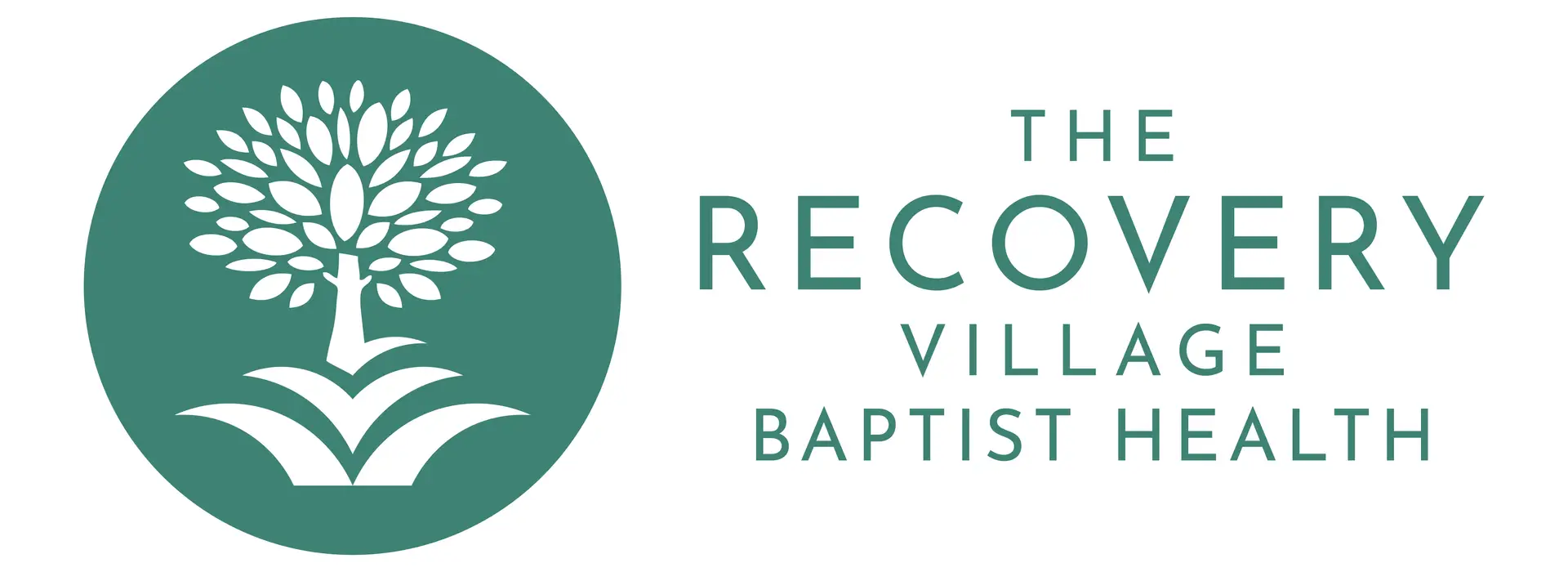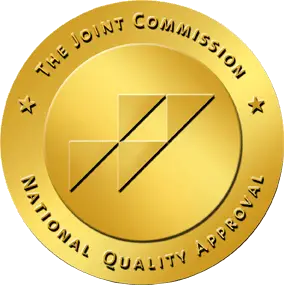Long-term use of methamphetamine can damage physical and mental health and lead to addiction. Learn more about the drug and its effects.
Methamphetamine, often known as “meth,” is an illicit drug commonly used because of its stimulating properties and easy availability. Long-term use of meth has negative effects on a person’s physical and mental health, and it can also lead to dependence on the drug. Dependence on meth may be severe enough to cause addiction, which is characterized by a person’s inability to stop drug use despite negative impacts on their life.
Signs and Symptoms of Meth Use
The effects of meth depend on how much is taken, how it is taken, duration of drug intake and the person’s ability to metabolize the drug. In general, the signs of methamphetamine use are easily recognizable. These signs are primarily physical or behavioral and commonly include stained teeth, skin sores and mood swings.
Side Effects of Meth Abuse
Methamphetamine use can have negative effects on physical and mental health. High doses of amphetamines in the short-term can lead to cardiotoxic effects, psychosis and overdose. Long-term use also has severe physical and psychological consequences. It can also impair social functioning and lead to addiction.
Treatment Can Be Life Changing. Reach out today.

Short-Term Side Effects
Some of the physical side effects associated with the use of methamphetamine at high doses include:
- Increased heart rate and blood pressure
- Arrhythmia or irregular heartbeat
- Hypertension
- Cardiotoxicity involving aortic dissection, stroke and myocardial infarction
- Hyperthermia
- Restlessness
- Tremors
- Nausea and vomiting
- Sweating
The psychological effects of methamphetamine use include:
- Anxiety
- Panic
- Mood disturbances
- Irritability
- Psychosis involving paranoia, hallucinations and agitation (at high doses)
- Insomnia
Long-Term Side Effects
Long-term use of methamphetamine leads to the development of physical dependence on the drug. This dependence can become severe enough to interfere with social functioning and may result in addiction. Besides causing dependence and addiction, long-term methamphetamine use is also associated with harmful effects on physical and mental health.
Some of the long-term effects of methamphetamine include:
- Weight loss
- Increased risk of cardiovascular and cerebrovascular events, including increased heart rate, increased blood pressure, stroke, heart attack and irregular heartbeat
- Increased heart rate and blood pressure
- Dental diseases
- “Meth mouth,” which is characterized by cavities and stained, crumbling of teeth
- Psychiatric disorders, including anxiety and depression
- Increased risk of suicide as well as suicidal ideation and thoughts
- Psychosis involving paranoid delusions, hallucinations, agitation and disorganized speech
- Cognitive impairments involving deficits in memory, attention, executive function and motor function
- Damage to dopamine and serotonin neurons in areas related to emotional and cognitive behaviors
Common Drug Combinations
Meth is often used in combination with other drugs that have the opposite effect, which are usually depressants. Depressants, such as alcohol or benzodiazepines, may be used to counter the high produced by methamphetamine. However, these depressants may give a false sense that the effects of methamphetamine have subsided. This may result in a person using too much meth and overdosing.
These illicit substances may also be used simultaneously with meth. In these cases, the stimulating effects of meth may allow greater intake of alcohol or other drugs, resulting in alcohol poisoning or a drug overdose. Similarly, the depressant may allow an increased intake of meth.
Methamphetamine is a stimulant that increases heart rate and blood pressure, and depressants like opioids have the opposite effect on the cardiovascular and respiratory system. This can place a large amount of stress on the cardiovascular system and increase the chances of death due to cardiac arrest, stroke or respiratory failure. Other effects of mixing stimulants with depressants include confusion, blurred vision, paranoia and motor impairment.
The substances most commonly used with meth include:
Meth Abuse Facts and Statistics
According to the 2017 National Survey on Drug Use and Health, 0.3% (774,000 individuals) of the population over the age of 12 were using meth during the time of the survey. In addition, 0.6% of this population had used meth at least once in their lifetime. Approximately 0.2% of individuals over the age of 12 had a methamphetamine use disorder.
Meth was responsible for 10.6% (6,762) of all drug overdose deaths in 2016 compared to 9.7% in 2015. About half of these deaths caused also involved the use of another drug. In terms of treatment statistics, 10.3% of all treatment admissions for drug use in 2017 were for meth.
Meth Abuse and Treatment Trends in South Florida
According to the Medical Examiners Commission’s 2016 report for the state of Florida, meth was found to be present in 621 deceased people in 2016 compared to 305 in 2015. Out of those 621 deaths, meth was responsible for 327 deaths.
In terms of treatment statistics, 1.3% of all 2016 treatment admissions for drug use in Broward County were for meth. Meth use was responsible for 0.8% and 0.4% of all treatment admissions in Miami-Dade County and Palm Beach County, respectively.
Meth Overdose
The toxic effects of meth are generally observed at high doses, but even low doses may be sufficient in certain cases, such as in first-time users. The dose of meth required to produce toxic effects may depend on a person’s ability to metabolize the drug and their drug use history. In addition, the symptoms of meth overdose vary and may not necessarily involve loss of consciousness.
Symptoms of methamphetamine overdose include:
- Difficulty breathing
- Arrhythmia
- Seizures
- Hyperthermia
- Psychosis, including paranoia, hallucinations
- Excited delirium, characterized by confusion and emotional disturbances combined with agitation involving violence, fear, panic and hyperactivity.
Methamphetamine overdose can be fatal, and underlying causes often involve cardiovascular toxicities, stroke, seizures, respiratory failure and kidney failure. In the case of a meth overdose, call 911 immediately.
How to Help Someone Abusing Meth
Individuals using meth over a long period generally develop a dependence on the drug. Attempts to discontinue drug use may often fail due to uncomfortable withdrawal symptoms. Family and friends can help the person with a substance use disorder to seek and continue treatment.
People with substance use disorders are often reluctant to admit that their use of the drug is a problem. Because of this, it is essential to confront the person regarding their drug use. Staging a well-organized intervention can help address the impact of drug use and guide the individual toward treatment.
Intervention
The purpose of an intervention is to make the person aware of the negative consequences of their drug use and convince them to initiate treatment. An intervention generally involves close friends and family, and it may be organized with the help of a professional, such as a psychologist or a drug counselor.
The focus of an intervention should be to remind the person of how their drug use has hurt people around them in addition to themselves. Special care must be taken to avoid blaming the person for these problems, and the process should not be confrontational.
Each participant in the intervention should prepare their statement beforehand to avoid a confrontation. Participants must also research the substance use disorder and the treatment options available for addiction. A specific treatment plan should be offered to the person, along with the actions each member would take if the person refused treatment. It is necessary to remain calm through the process and remain supportive.
Meth Addiction Treatment
There are currently no medications approved for the treatment of methamphetamine addiction. Treatment options for meth addiction generally involve nonpharmacological approaches, such as behavioral therapies. Some of the commonly used behavioral approaches include cognitive behavioral therapy and contingency management. Another common treatment technique is the Matrix model which takes an integrative approach that involves individual and group therapy, family therapy, drug screenings and support groups.











